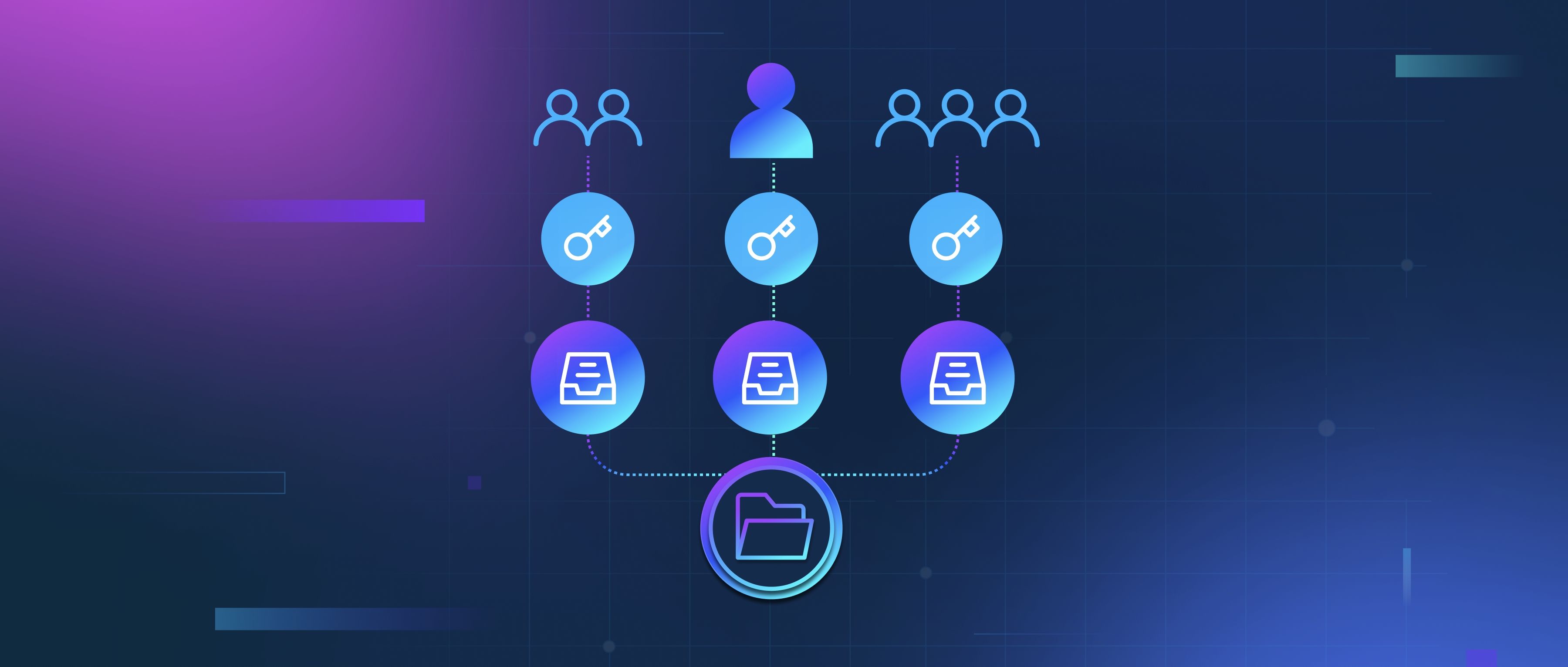One-hot encoding is a method used to convert categorical data into a numerical format that machine learning models can understand. In this approach, each category is represented as a binary vector, where one element is marked with a ‘1’ (indicating the presence of that category) and all other elements are marked with ‘0’. For example, if you have a categorical feature called “Color” with three categories: Red, Green, and Blue, one-hot encoding will transform it into three binary features. If a record corresponds to the color Red, it will be represented as [1, 0, 0]; for Green, it would be [0, 1, 0]; and for Blue, it would be [0, 0, 1].
This encoding method is particularly useful when you have categorical variables that do not have a natural ordering or ranking. For instance, consider the "Animal" feature in a dataset with categories like Cat, Dog, and Rabbit. Using one-hot encoding ensures that no implied hierarchy is present in the data, which can help prevent models from drawing incorrect conclusions based on ordinal relationships. It effectively treats each category equally and allows machine learning algorithms to learn from them without bias.
However, one-hot encoding can also lead to an increase in the dimensionality of the dataset, especially when the categorical variables have a significant number of unique values. For instance, if you have a feature with 100 unique categories, applying one-hot encoding will add 100 new columns to the dataset. This is something developers should keep in mind, as it can lead to sparsity and increased computational costs for models. To mitigate this issue, techniques like feature hashing or using embeddings can be employed for high-cardinality categorical features.
